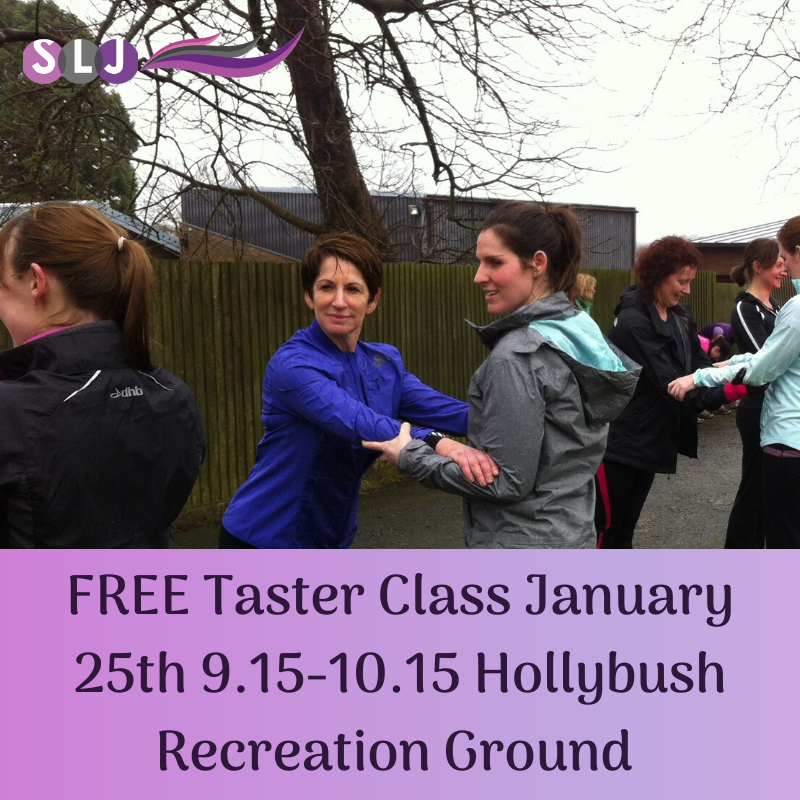Running after having a baby - what you need to know!
/Running is a wonderful way to improve your fitness and stay fit.
It can be a perfect way to take some time out - like a moving meditation but it is also a great way to spend time with friends and put the world to rights as you run. If you’ve had a baby and you enjoy running, it makes sense that you are going to want to get your trainers back on and hit the trails.
Although your body may feel recovered at the 6 week GP check up mark, running is a high impact sport placing a lot of demand on the body. Internally your muscles, fascia and connective tissue are very much healing 4, 6 and even 12 months after having your baby, particularly in your pelvic floor and abdominals.
But did you know?
If you gave birth via Caesarean section, your abdominal fascia has only regained 51%-59% of its original tensile strength by 6-weeks post natal and 73%-93% of its original tensile strength at 6-7 months. (Ceydeli et al. 2005).
What should I look out for?
It can be difficult to know what is ‘normal’ once you have had a baby -in general these are the things to look out for when starting to run:
Heaviness or a feeling of dragging in the pelvic area.
Leaking urine - even if it is a small amount
Inability to control bowel movements
Pelvic or lower back pain.
Ongoing or increased blood loss that is not linked to your monthly cycle.
Although some of these symptoms are common, all of them are a sign that you are asking too much of your body. Do not accept these symptoms as something that just happens after you have a baby. Seek help - we can guide you to local experts!
I have a Diastasis (tummy gap). Can I still start running?
A diastasis recti is a separation of the rectus abdominus (RA - your 6 pack muscles), which happens naturally during pregnancy to allow your baby to grow.
This separation causes the fascia and connective tissue between the two bellies of the RA to stretch, leaving a "Gap" after your baby is born. In some cases this gap naturally closes and heals, but not for everyone, so if you are left with a gap, what does this mean?
The job of your core is to manage intra abdominal pressure and transfer load. When you have a Diastasis, your core may not be able to do this very well, placing more pressure on your abdominal wall and pelvic floor.
However, having a gap does not necessarily mean you cannot manage load and transfer load. You can have what is called a functional diastasis.....its not all about the gap itself!
When you join our post natal running course, we will do a tummy check for you to assess this for you and we can advise you from there!
Can I start running if I am still breastfeeding?
There's a few things to consider here in terms of whether you are suffering from any joint pain/ laxity - a floppyness!?
The hormone "Relaxin" (which remains present in your body when breastfeeding) is blamed for much pain/ injury post natally.
However theories that higher relaxin levels postnatal increase the risk of joint laxity and potential injury have not been proven (Marnach et al. 2003; Schauberger et al. 1996)....and yet some breastfeeding women have increased joint laxity, where others do not.
This is not fully understood and once again, this is individual!
If you have no joint pain, then starting to run while breastfeeding is definitely possible, with considerations around appropriate Bra support, timing your feeds and watching your intensity.
Running shoes
During pregnancy your feet can increase by half or even a full size and foot size changes during pregnancy can be permanent. Those comfy old trainers your used to wear may not be the best thing to wear on your new fitness journey. Make sure that you get your running gait looked at by visting a specialist running shop - they can then recommend the right shoes for you.
My top tip - wear a sports bra when you go and get your feet measured as running without one, even for a few seconds, can be uncomfortable and embarrassing!
Wait a bit
At SLJ we recommend you wait until at least 6 months post natal before considering starting running. If you are unsure, local Women’s Health Physiotherapists offer a fabulous service called a "Mummy MOT", which is a full women's health assessment designed specifically for mums, available from 6 weeks post natal - but it never too late!
Are you ready?
Learn to Run course - January 2020.
If you’d like to learn to run and want a safe, gentle way to do it, take a look at our next course coming up in January.



